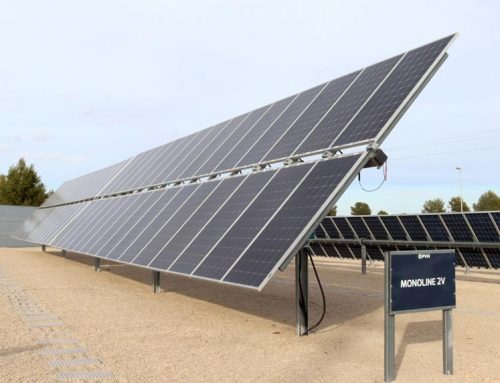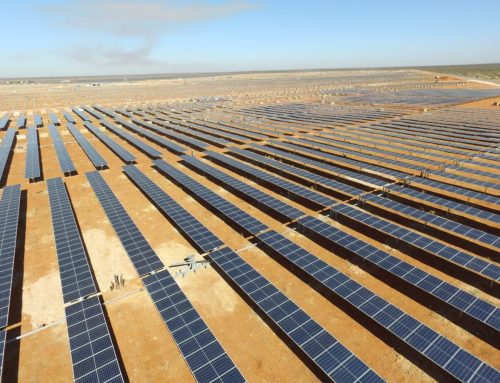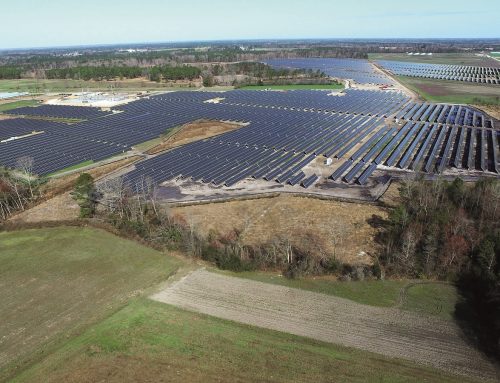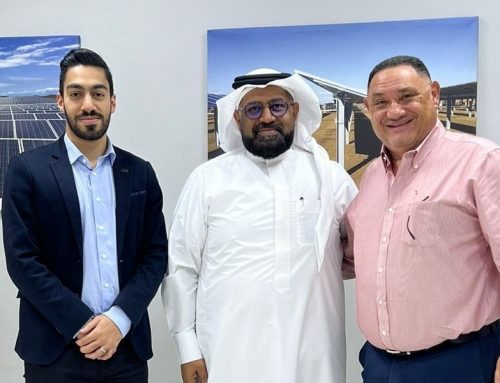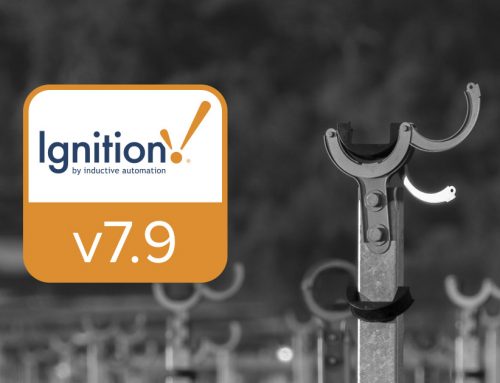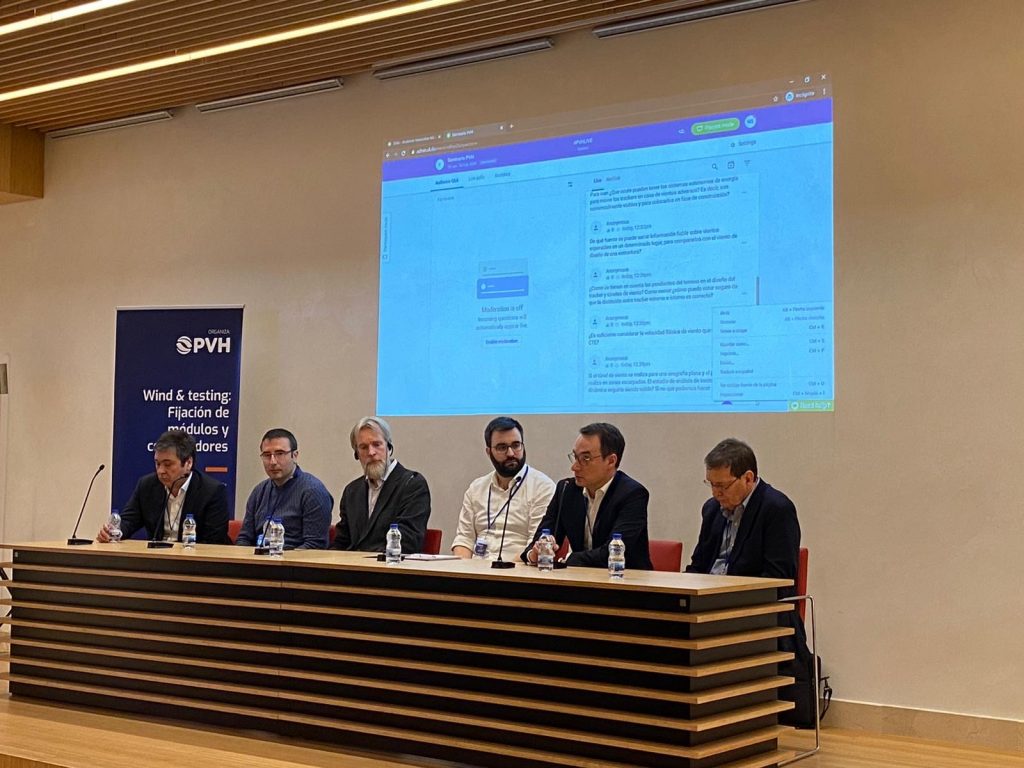
Expertos reconocidos analizan cómo enfrentarse a la climatología extrema en el II seminario organizado por PVH
- PVH held its 2nd Seminar, under the title Wind and Testing. Module and controller mounting.
- The experts David Banks, David Melgar, Iván Arkipoff and Jaume Manero examined the current state of the solar photovoltaic sector from different perspectives.
- The importance of the stability of solar trackers, the need to adapt to regulations and data analytics to predict wind behaviour, the main issues.
PVH held its second seminar, entitled «Wind and Testing. Module and Controller Fixing», and invited different experts to analyze the solutions that the photovoltaic industry is researching to face the challenges presented by extreme weather. Among the conclusions, three main pillars were highlighted to avoid possible damage to solar infrastructures: the importance of the stability of solar photovoltaic trackers and structures; the need to adapt to a regulation that has some shortcomings to ensure the long-term resistance of products; and the use of data analytics through Deep Learning to predict winds.
The day’s agenda was marked by presentations from the experts David Banks, President of CPP Wind Engineering Consultants; David Melgar, Project Director at Fraunhofer; Ivan Arkipoff, CTO of PVH and Jaume Manero, advisor to Techedge Group. PVH, which once again chose the Colegio de Ingenieros de Caminos, Canales y Puertos de Madrid as its meeting point, concluded the seminar with a round table discussion and a question and answer session with the attendees.
David Banks: “The key factor of trackers is their stability”
Banks, an engineer expert in issues related to the interaction of wind in solar trackers, began his talk Wind Loads on Single Axis Trackers by welcoming the attendees and explaining the origins and sectors (architecture; space engineering; wind in solar plants; structures and coatings and measurement of the indoor and outdoor environment) of the consultancy he has directed since 2000.
A continuación, centró su intervención en un caso real: la destrucción de la planta solar Thomas por el huracán Irma en 2017 para, a continuación, enumerar los tipos de fallos que pueden observarse en las estructuras solares debido a las cargas de viento. En este sentido, explicó el tipo de ensayo que realizan desde CPP para estudiar estos fenómenos meteorológicos y aportar soluciones al sector.
He also referred to the fact that one of the main problems the photovoltaic industry is encountering is the ability to detect the risks that arise when the configurations of the solar trackers are changed. David Banks added: «It is important to study and analyze the aerodynamics needed to anticipate as much as possible the behavior of the winds and how these impact according to the solar tracker installed and its configuration».
Al respecto, comentó que existen tres factores clave que ayudan a comprender esos riesgos: el comportamiento de los seguidores solares con cargas estáticas y dinámicas; la predicción de la climatología; y la inestabilidad. “Si conseguimos manejar estos tres factores, el resto resultan más sencillos de controlar, dentro de un margen de acción”, aseguró Banks.
Por último, lanzó a los asistentes una serie de preguntas sobre varios supuestos y una serie de recomendaciones y concluyó asegurando que el “factor clave de los seguidores solares es su estabilidad” y añadió que “las incidencias y los fallos debido a los vientos fuertes ponen a la gente nerviosa, pero podemos resolverlo, hay respuestas en la ciencia y en la ingeniería”.
David Melgar: “Current regulation has some lacks, because it does not cover long-term degradation throughout the life of the modules”
The second presentation, entitled Mechanical Stability of PV Modules, was given by David Melgar, Project Manager at Fraunhofer, who provided an analysis of the regulations currently governing the resistance tests required for solar trackers to be marketed. In this respect, he highlighted two shortcomings that can affect the loss of power of the solar trackers: the long-term degradation over the entire useful life of the solar tracker, typical of the passage of time; and the thermographic changes due to temperature variation.
Actualmente, la norma IEC 61215 no contempla ese tipo de pruebas, por lo que es necesaria una ampliación para que dichos requisitos sean ineludibles. “La regulación actual tiene algunas carencias, ya que no cubre la degradación a largo plazo durante la vida útil de los módulos”, aseguró Melgar al respecto.
On the other hand, he warned about the future of glass/glass technology, explaining that the trend is to reduce the thickness of the glass, «which could affect the stability of the modules. Glass/glass is more resistant to humidity and, on a mechanical level, allows the cells to suffer less, but if the industry turns to a more economic model, reducing the thickness, it is likely that its benefits will not compensate for the risk», commented the Fraunhofer project manager.
Iván Arkipoff & Jaume Manero: “With Deep Learning, we seek to predict the future wind using the past wind, through an algorithm that analyzes its forms and is able to detect its behavior”.
Tracker Control Systems and Wind Alarm, the last lecture of the day, was given by Ivan Arkipoff and Jaume Manero, so the digital terrain took over the auditorium by the hand of Deep Learning. The CTO of PVH and the advisor of Techedge Group explained that they are working on a joint investigation to use an algorithm to forecast strong winds, with a 10 minute window.
«With Deep Learning we seek to predict future wind using past wind through an algorithm that analyzes wind time series and is able to detect its behavior. Deep Learning is a very precise tool, but detecting wind gusts is a very complex problem due to their variability and complexity,» Manero stressed in one of his speeches.
Por su parte, Arkipoff aprovechó para hablar sobre el uso de nuevas tecnologías de comunicación en los controladores para transmitir la alarma de viento a los seguidores solares. “Las redes de tipo LPWAN como LoRa -explicó el CTO de PVH- permiten una comunicación más eficiente, robusta y directa, de manera que se evitan posibles errores y retrasos a la hora de colocar la instalación en posición de defensa”.
David Banks, David Melgar, Iván Arkipoff, Jaume Manero, Eduardo Chillarón y Antonio de Dios presidieron la mesa redonda y resolvieron las dudas e inquietudes respondiendo a las preguntas de los asistentes mientras que la clausura del Seminario corrió a cargo de Emilio García, COO de PVH.
A future based on learning
The seminars held by PVH, in addition to being a centre for debate and exchange of opinions between experts and professionals in the sector, are serving as a learning method to be prepared to face the main challenges that nature poses to the solar photovoltaic industry. All the actors involved in the development of photovoltaic technology agree that, although we have the tools to achieve a high degree of control, there is still a long way to go to understand and predict the behaviour of extreme weather at a level that allows us to fully guarantee the safety of the installations.


